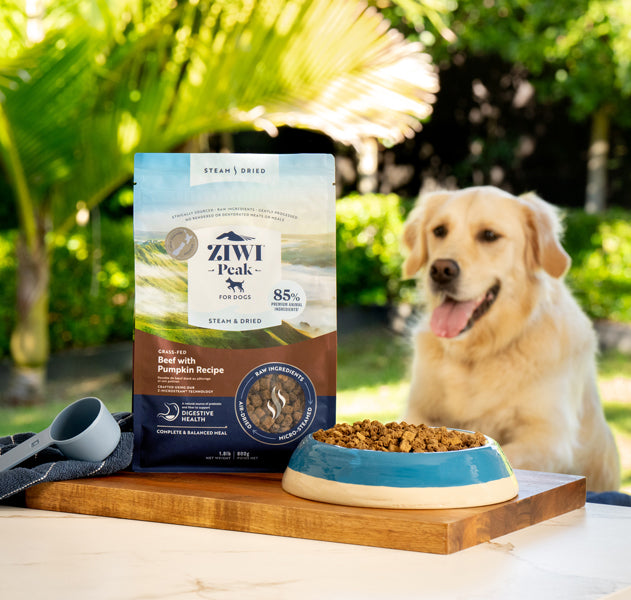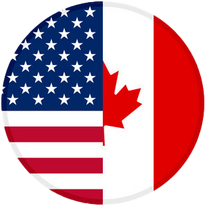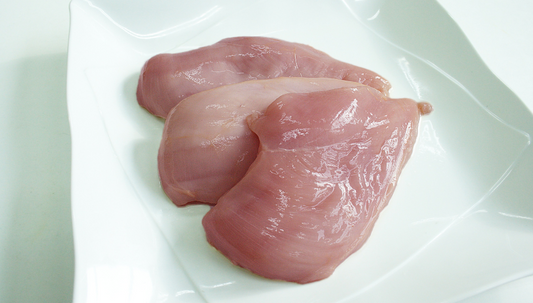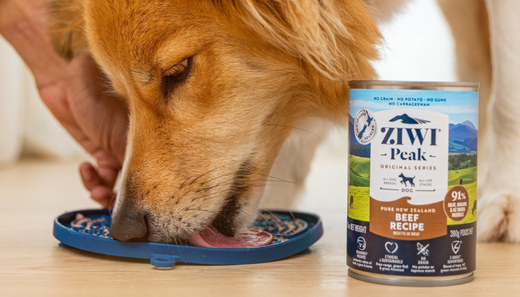 How much is too much when it comes to shedding and hair loss? Is it normal for the breed or an underlying allergy? Is your dog missing an essential nutrient? Could a better diet help?
How much is too much when it comes to shedding and hair loss? Is it normal for the breed or an underlying allergy? Is your dog missing an essential nutrient? Could a better diet help?
Why does my dog shed so much hair?
-
Seasonal shedding. Dogs shed naturally in spring and sometimes autumn when the weather is warming up or changing. If your dog is shedding more than usual throughout and into winter, that could be cause for concern.
- Breed. Be sure to brush breeds like German Shepherds, Huskies, Retrievers, Labradors, and Saint Bernards regularly to stimulate the hair follicles and limit shedding.
Dogs with shorter or more coarse coats shed very little. If your dog is shedding more than they should, they may have a health issue. 
Are there any underlying reasons for my dog’s shedding?
Is your dog allergic? An allergy can be the culprit behind inflamed, itchy skin, which gets your dog scratching at their hair more than usual. Your dog could be:
- Having an allergic reaction to fleas or ticks, bacteria, fungus, or parasites like mites or mange.
- Allergic to something in their environment.
- Suffering from a food allergy.
How to fix it: If you think your dog is suffering from an allergy or something out of the ordinary for them, consult with your vet.

Is their diet the best it could be? There are unnecessary ingredients like artificial flavors, grains, starches, and sugars in many processed pet foods that might not be sitting well with your dog’s digestive system, resulting in excessive shedding or itching.
How to fix it: A high-quality diet can improve your dog’s inner health and coat. A key ingredient proven to help is Omega-3 fatty acids.
How to reduce dog shedding
All ZIWI Peak® air-dried and canned foods include 3% New Zealand Green-Lipped Mussels, a natural source of Omega-3 fatty acids.
To eliminate or even prevent some allergies, try ZIWI®’s Mackerel & Lamb air-dried recipe. It contains triple the Omega-3 of our other air-dried recipes thanks to our whole, wild-caught blue mackerel.
A high-meat novel protein diet like the ZIWI Peak air-dried free-range venison can also help.
Please note:
If you don’t think your dog’s shedding is related to allergies or diet, consult your vet for an accurate diagnosis.
Sources:
- https://wagwalking.com/wellness/how-to-prevent-dog-shedding-through-diet
- https://www.rspcapetinsurance.org.au/pet-care/dog-care/everything-about-...
- https://www.vetwest.com.au/pet-library/shedding-in-cats-and-dogs
- https://www.akc.org/expert-advice/health/dog-shedding-what-to-expect-and...
- https://healthypets.mercola.com/sites/healthypets/archive/2019/01/30/dog...
- https://healthypets.mercola.com/sites/healthypets/archive/2019/03/16/how...
- https://www.ncbi.nlm.nih.gov/pmc/articles/PMC6562840/
- https://healthypets.mercola.com/sites/healthypets/archive/2014/05/30/hyp...
- https://www.ncbi.nlm.nih.gov/pmc/articles/PMC6562840/
- https://healthypets.mercola.com/sites/healthypets/archive/2014/05/30/hyp...









